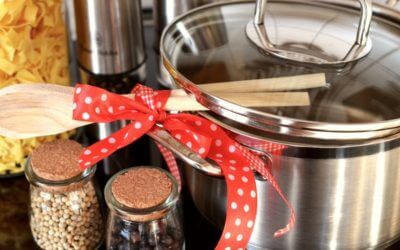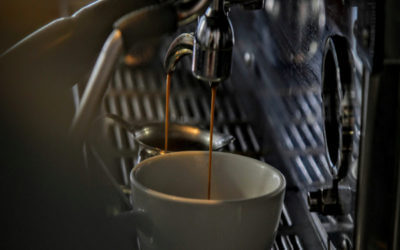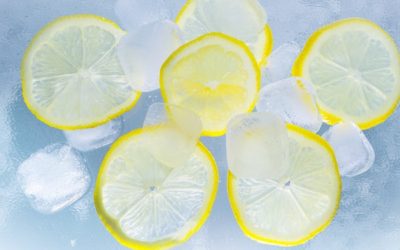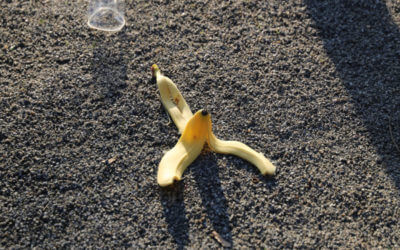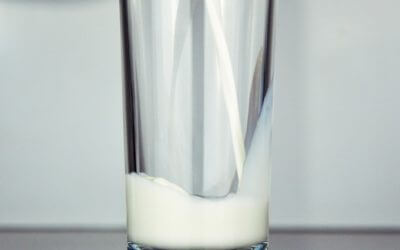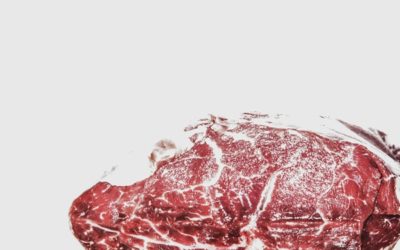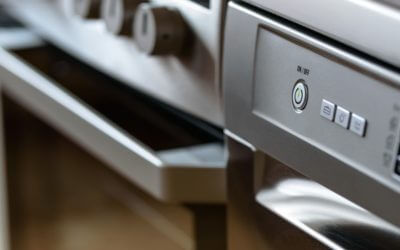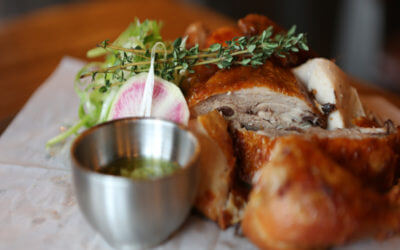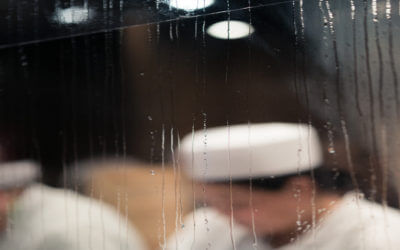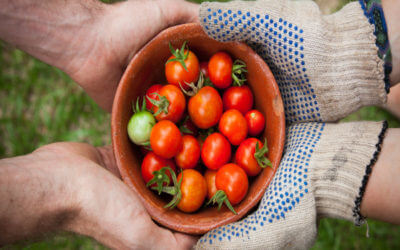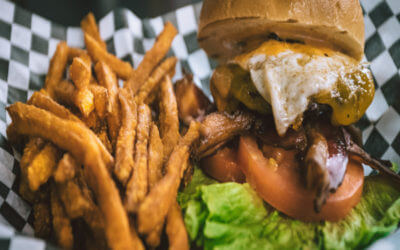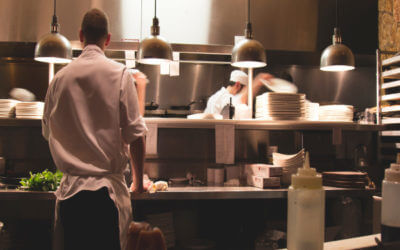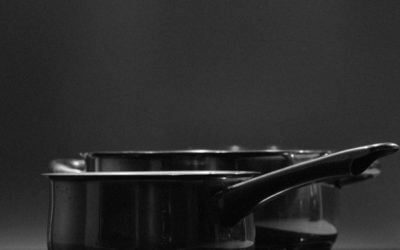How and Why to Make Your Restaurant Lead-Free
August 15, 2017If you own a restaurant, then you already know how important water is to your operations, and that poor water quality can adversely impact the success of your business. That is why you should ensure a restaurant lead-free environment.
Water is an integral part of all that’s done at a restaurant, because you wouldn’t be able to cook or wash dishes without it. In this regard, lead is one of the most serious contaminants that you want to look out for, and it’s vital that you aim towards a restaurant lead-free. But just how can this be done? By now, everybody should be aware of the dangers lead exposure poses to health. It was this concern that prompted the passage of U.S. Senate Bill No. S.3874 in 2011. S.3874 was passed to modify the Safe Drinking Water Act. The bill essentially changed the maximum amount of lead allowable in pipes, plumbing fittings, and fixtures to .25%.
Why make your restaurant lead-free
Lead is a toxic metal that can be damaging to health, and corroding pipes and plumbing fixtures are often a source of lead contamination in drinking water. Lead is especially harmful to children, and high levels have been linked to organ failure and neurological damage. That’s the reason why all businesses, and especially restaurants, must ensure that they are compliant with the lead-free requirements of S.3874.
You want your customers to be able to dine in a fun, comfortable atmosphere, but most of all, you also want them to be safe. Committing to providing restaurant lead-free pipes, plumbing fixtures, and faucets is a huge part of caring about the good health of your customers, and seeing to their safety.
How to make your restaurant lead-free
You can ensure that your restaurant is lead-free by having your water tested. It’s possible that the building in which your restaurant is located may contain old lead pipes that you’re not aware of, so it’s advisable to have your water tested. Since it is known that lead is harmful, you don’t want to take the chance that your customers may be exposed to it.
Making your restaurant lead-free may therefore mean having older water pipes and faucets replaced and updated. Pipes are the main avenue through which lead is likely to leach into the water you use at your restaurant. So make sure that all your pipes and faucets are lead-free – not only those in the kitchen, but those in the bar and restrooms as well. You want to make certain that your customers are not drinking or handling any polluted water.
As a restaurant owner, the safety of your customers is a top priority, so having lead in the water is not an option. You want customers to enjoy their meals, soak in the great atmosphere of the place, feel well and healthy, and continue to feel that way when they leave.
What’s in a Cooking Pot, How to Choose the Right One?
As a restaurant owner, your cooking needs might vary. Did you know that a good quality pot can greatly improve your cooking experience, while also improving the quality of your cooking? This cooking equipment is a very important one that cannot be done away with...
5 Things Every Restaurant Owner Should Do Before Buying Used Kitchen Equipment
Equipping your restaurant properly can cost a lot of money, so buying used kitchen equipment is the go-to choice for many restaurateurs. Buying used kitchen equipment for a restaurant is a bit different than buying used equipment for your home, however. You will...
Top Restaurant Technology Trends in 2018
When looking to buy restaurant supplies, you want to be on the leading edge of technology trends. This will keep your kitchen running smoothly. Let’s take a look at some of the most recent trends in restaurant supplies technology. 1. New Payment Options Who would...
5 Different Ice Shapes and Why You Should Care About Them
Ice makers are very popular in the restaurant and foodservice community because they eliminate the need to buy ice every day. And of course, adding an ice maker to your collection of foodservice equipment means you will always have ice on hand when you need it. An...
Pulping and Grinding: A Starter’s Guide to Reducing Commercial Food Waste Costs
For most restaurant owners and managers, the expenses involved in making meals are always under careful consideration. Water is needed to prepare, cook and wash food; power is necessary for food prep, cooking and cooling, and so on. However, how many of us consider...
Choosing the Right Milk Cooler: Cold Wall or Forced Air?
In a restaurant, milk is an essential to have on hand for coffee and other café-style beverages, for serving with kids’ meals, and as a key ingredient in many recipes. Keeping your milk properly chilled can be difficult without the proper restaurant equipment....
How to Choose Your Next Commercial Meat Smoker
The movies that connect with us on a personal level are the ones that linger in our memories forever. Anyone who has used a commercial meat smoker knows that they have a huge influence on the taste of a meal. You need to have just the right kitchen equipment to get a...
Are High Speed Ovens Too Good to be True?
You might have heard a few of the bold claims that foodservice equipment manufacturers have been making about high speed ovens, but they can’t be possible, right? Cooking three times as faster as regular ovens? Five times as fast? Fifteen times as fast? It may seem...
Choosing the Right Food Storage Containers for Your Restaurant
Choosing the right kitchen supplies will make a difference in your restaurant. Whether it is heavy duty kitchen equipment or food storage containers, each piece of equipment plays its own important role. Today, we are going to talk about how to choose the right food...
Tipton’s Guide to Perfect Poultry Trussing
Do you ever truss birds in your commercial kitchen? Trussing is a fantastic cooking technique because it makes poultry cook faster, look more attractive and taste better. If your commercial kitchen prepares poultry, you don’t want to miss these trussing tips. Trussing...
How to Eliminate Excess Condensation in Your Kitchen
Is your commercial kitchen getting steamy? If so, you could have more than just an uncomfortable working environment on your hands. Excess moisture in your commercial kitchen can result in the corrosion of equipment, the development of mold, and even damage to your...
The DIY Guide to Your Restaurant’s Own Garden
Stocking your restaurant supply with your own home-grown herbs and produce can truly bring your dishes to life. When it comes to food, everyone knows there’s nothing like homemade and home-grown. Having your own culinary garden, however large or small, can help you...
5 Reasons a Meat Grinder Will Set Your Burgers Apart
The more you do to prepare your foods in-house with the right kitchen equipment, the fresher and more flavorful your dishes become. There are all sorts of restaurants offering fast-food style burgers, but some diners are looking for the real deal. A fresh, juicy...
Pest Preventions to Implement in Your Commercial Kitchen
Restaurant pests: it’s something that few people want to think about. Like it or not, pest management is an essential consideration for every commercial kitchen. Offering food, shelter and water, the unprepared commercial kitchen naturally provides everything pests...
Choosing the Right Material for Your Cooking Equipment
Kitchens are very unique to their chef. Just like a car mechanic has a toolbox unique to them, so is the cooking equipment in a kitchen. And over time, the same cooking equipment become a natural extension of the chef. What tools are you using in your kitchen? It...

